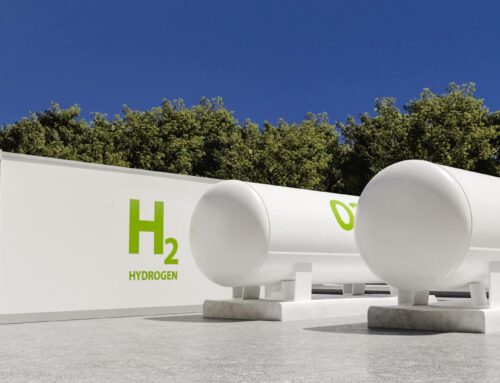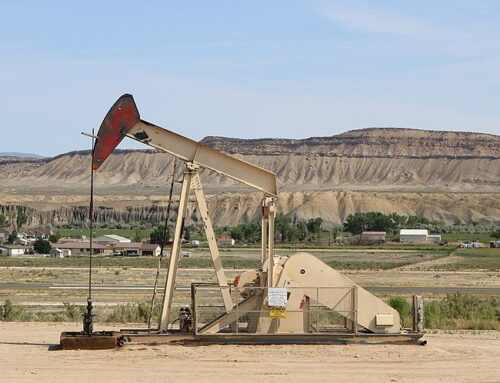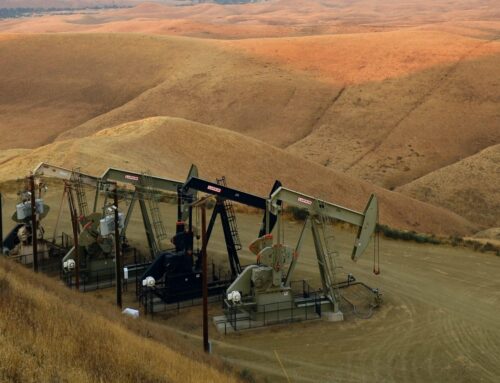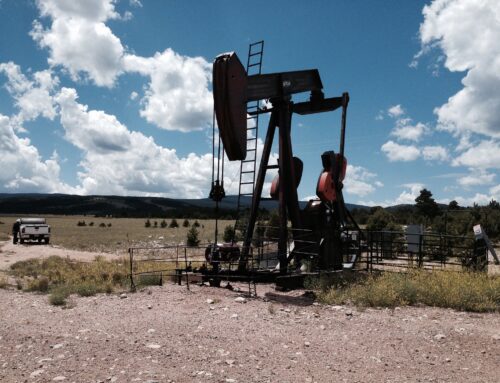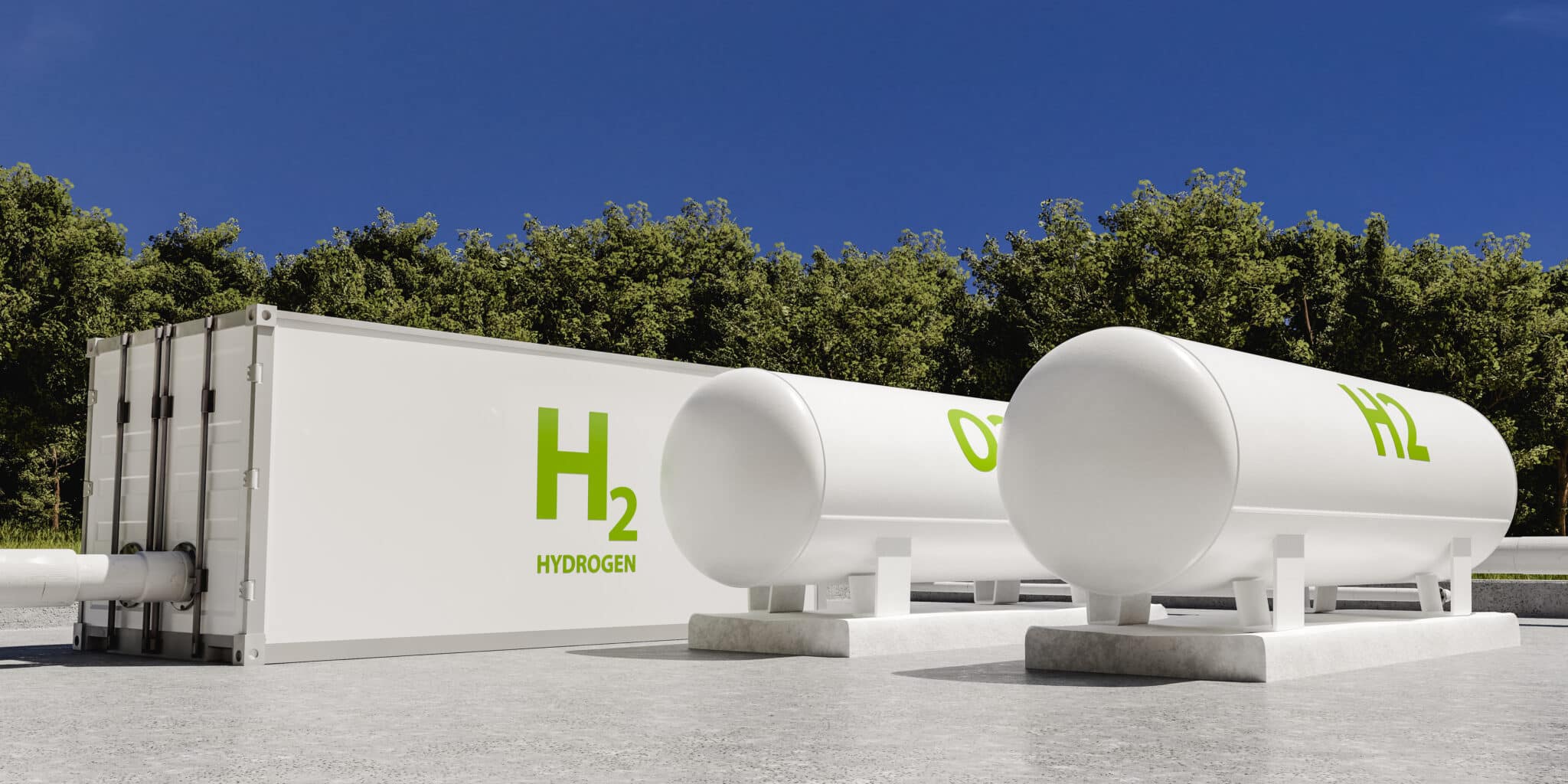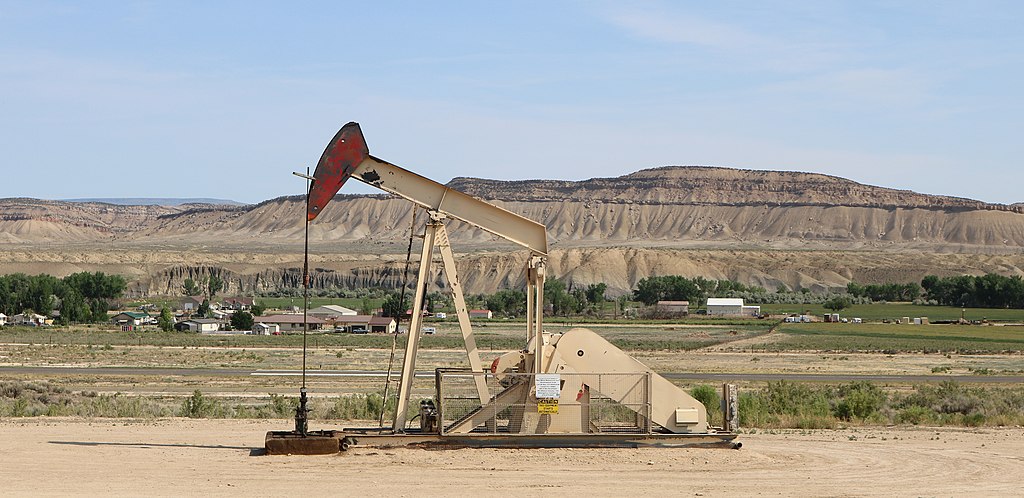On September 10, the federal government leased 7,604 acres of public land in Montana and North Dakota for oil and gas development at the recently reduced federal royalty rate of 12.5%. The result is an estimated $3 million in lost royalty revenue over the lifespan of these leases.
America’s public lands and natural resources belong to taxpayers. The federal government manages oil and gas development on these lands by leasing them to private companies, which extract and sell the oil and gas for profit. In return, taxpayers receive:
- Bids at auction: upfront payments offered at competitive auction to secure drilling rights
- Rent: annual payments made until production begins
- Royalties: a share of the value of extracted oil and gas
For decades, the federal oil and gas leasing program lagged behind the private market and rates charged on state lands. Outdated terms hadn’t even kept pace with inflation. In 2022, long-overdue reforms modernized the system by raising royalty rates, updating fees, and ending giveaways like noncompetitive leasing. But the FY2025 budget reconciliation bill, signed into law on July 4, rolled back many of those improvements—slashing the federal royalty rate from 16.67% back to its 1920s rate of 12.5% and re-implementing a loophole that allows companies to bypass competitive auction. Taxpayers will once again be shortchanged as companies lock in decades of drilling under terms that don’t reflect the true value of America’s oil and gas resources.
| State | Acres Offered | Acres Sold | % Sold | Average Bid/Acre | Pre-reform Average Bid/Acre (2013-2022) | Post-reform Average Bid/Acre (2023-2024) | Total Lease Sale Revenue |
| MT | 5,472 | 4,722 | 86% | $4,977 | $28 | $1,174 | $23,555,703 |
| ND | 2,883 | 2,883 | 100% | $5,047 | $1,988 | $2,328 | $14,587,549 |
| Total | 8,355 | 7,604 | 91% | $5,004 | – | – | $38,143,252 |
In today’s auction, 91% of acres offered were leased at an average bid of more than $5,000 per acre, significantly higher than historic averages. The three parcels that did not receive any bids were identified by the Bureau of Land Management (BLM) as having low development potential, while the rest were estimated to have medium or high potential.
Today’s bidding result reflects that industry interest is aligned with production potential—not leasing terms. Last year, before the reforms were rolled back, leases that came with the higher 16.67% royalty rate were sold for record high bids—5 times higher than the pre-reform 10-year average—especially in states with high oil and gas production, such as New Mexico. Unfortunately for taxpayers, the leases issued today were sold at the outdated 12.5% rate, locking in a century-old rate for decades.
Competitive, market rate royalty rates do not affect industry interest or production decisions—lowering rates only shortchanges taxpayers by reducing future royalty revenue. In North Dakota alone, taxpayers lost an estimated $1.2 billion in revenue from FY2013 to FY2022 under the 12.5% rate. With record-high production across the U.S., losses will continue or even grow worse. Because revenue is shared between the federal treasury and states, North Dakotans and Montanans also lose funds for schools, infrastructure, and other local priorities.
The Bureau of Land Management estimates that the parcels sold today will result in 8 to 9 wells. Using average production on federal lands in Montana and North Dakota over the last decade, these parcels could yield 81,800 barrels of oil and 190 million cubic feet of natural gas every year of active production. Based on the White House Budget Office’s 2025 price projections—used to estimate federal royalty revenue from onshore leases—that production could be worth roughly $7.4 million annually. At the 12.5% rate, taxpayers would see about $920,000 each year—$300,000 less than they would under a 16.67% rate. Over a conservative 10-year lifespan, that’s about $3 million in lost revenue.
Montana and North Dakota can play an important role in American energy production. But taxpayers should not be shortchanged. The oil beneath federal lands belongs to the American people, and leasing terms should ensure these resources aren’t given away for less than they’re worth.


